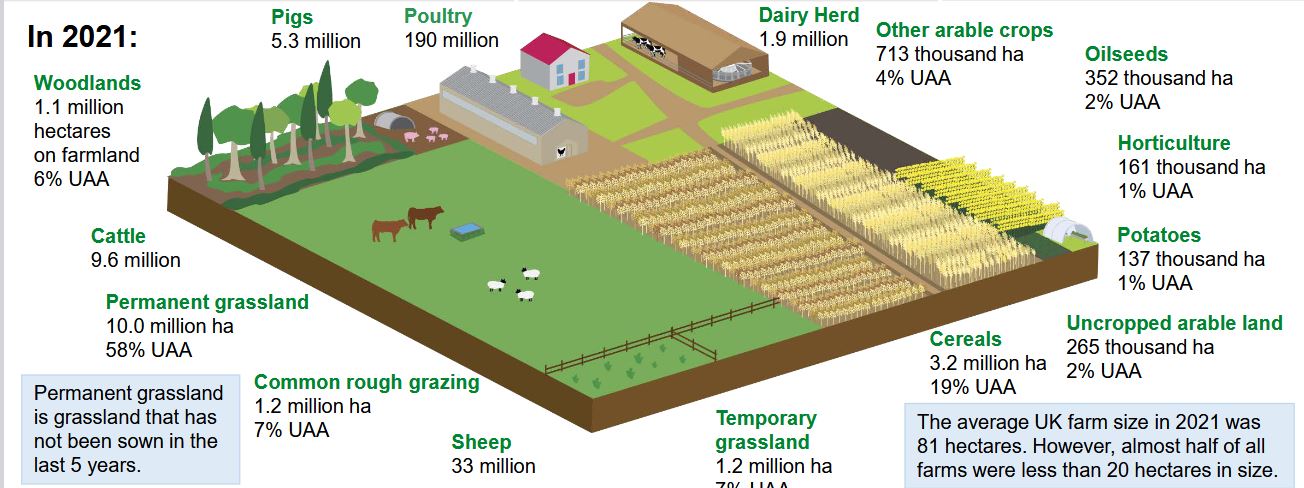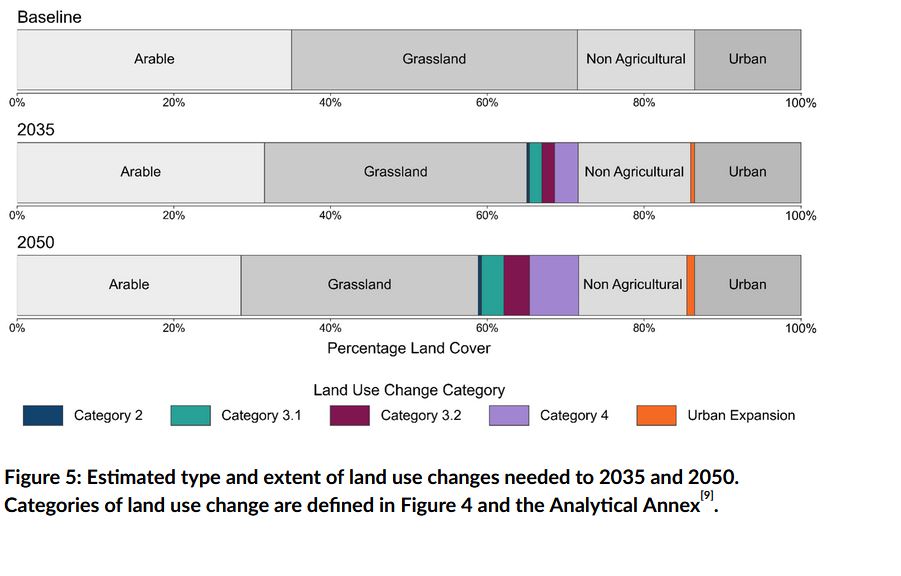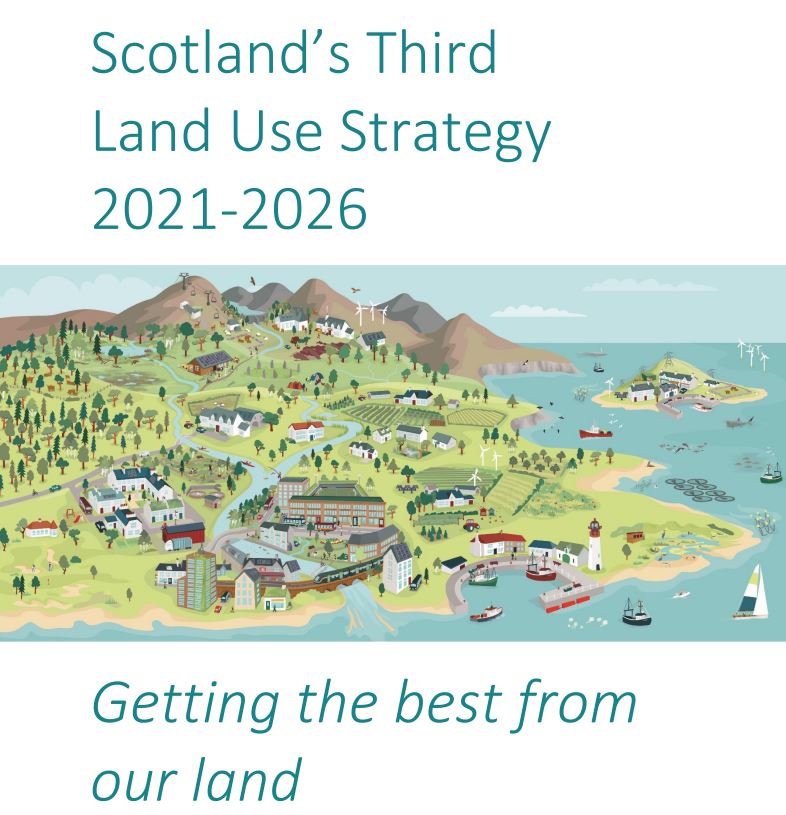Pleasant Pastures Seen?
What does the
government’s Land Use Framework promise?
Will profit win over nature and agriculture?
Or can the government finally create a
joined up approach to land use
that ensures a secure, healthy and resilient future for all?
Source: www.gov.uk
Criticism
As with every new government plan, it is not without
criticism. The overriding concern is about putting profit first, when perhaps the
real emphasis should address the needs of the land first. ‘You cannot have
economic prosperity when nature is on its knees,’ says the passionate President of the CPRE, Mary-Ann Ochota. Growth now, nature later simply doesn’t work.
Will the framework really have nature’s back?
The National Farming Union (NFU) is up in arms over the
Inheritance Tax announced last year but they have managed to put together a
blueprint that they hope will play an important role in the framework. “Agriculture, and the farmed environment, is being
short-changed by the planning system. That must end with government matching
its rhetoric with action when it comes to planning reform,” said the
exasperated NFU President Tom Bradshaw at the opening of their annual
conference on Tuesday 25th February 2025.
Sarah Cowie, Senior Policy Manager for Climate Land and
Business at the Scottish NFU was interviewed on BBC Farming Today earlier this
month about the success of Scotland’s Land Use Strategy which is mid-way
through its third edition (2021-2026). She warned that the Scottish NFU had
hoped that the strategy would make hard decisions more straight forward and
that whilst the vision was to be applauded, a pathway is needed for on the
ground action in order to guide the country to a state where agriculture, food
production, biodiversity, climate mitigation and people are better integrated when it comes to policy decisions.
Conclusions
The framework needs to consider these criticisms and the insights
gained from the North. This consultation
presents a vital chance for us to express our views and to ensure that it can
deliver a sustainable future for communities, agriculture and the environment. Without
a solid framework in place, we will be left with contradictory regulations that
result in hasty decisions that fail to tackle the long-term issues at hand.
This is our moment to create sustainable
land management policies that could even streamline the planning process. We
must prepare the land for the impacts of climate change. We must provide the
right incentives for landowners so that the land use change happens in the
right spaces. Keeping spatial data up to date is essential; otherwise – what is
the point?







